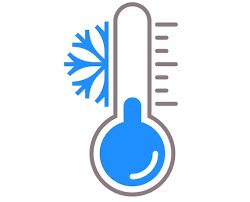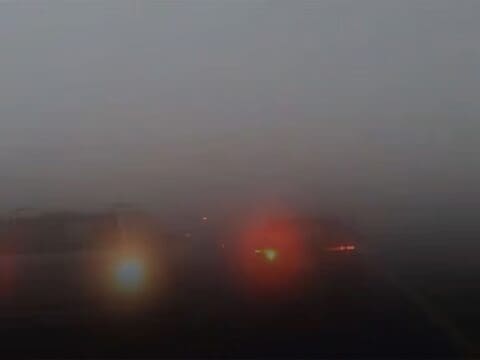As the winter months approach, construction sites face a fresh set of challenges. Shorter days, freezing temperatures, and unpredictable weather all create extra risks- both for workers and for productivity.
While it might feel like business as usual, cold weather can quickly turn routine tasks into hazards. Slippery walkways, reduced visibility, cold stress, and equipment issues all become real concerns. With some forward planning and the right precautions, though, it’s possible to keep your site safe, compliant, and running smoothly right through winter.
This blog outlines the main winter construction risks and gives practical advice on how to reduce them- based on HSE guidance and best practices from across the industry.
Working outdoors in winter brings extra physical and environmental challenges. Cold air reduces dexterity, slows reaction times, and can make manual handling more difficult. Frost, ice, and mud create unstable ground, and shorter daylight hours mean visibility often drops just when heavy machinery and vehicles are still in use.
The HSE classifies these as foreseeable hazards- meaning employers must plan and take action to protect workers. The goal isn’t just to avoid accidents, but to keep teams healthy, comfortable, and able to do their jobs safely.
One of the biggest winter hazards on site is the increase in slips, trips, and falls. Ice, frost, and mud build up quickly on access routes, scaffolding, and steps. These may not always be visible, especially early in the morning or late in the day.
How to reduce the risk:
Even small actions, like adding temporary barriers or warning signs, can make a big difference.

Prolonged exposure to cold weather can affect both comfort and concentration. Conditions such as cold stress, hypothermia, and frostbite can occur if workers are not properly protected.
Preventative measures:
Remember: being cold or wet for long periods doesn’t just affect comfort- it impacts alertness, decision-making, and reaction time.

With shorter daylight hours and darker mornings, poor visibility becomes a serious risk on construction sites. This increases the likelihood of collisions, especially where vehicles and pedestrians share space.
What to do:
Good lighting is one of the simplest and most effective winter safety measures.

Cold, damp weather can cause mechanical problems. Engines take longer to start, hydraulic systems stiffen, and batteries drain faster. Frozen ground can also affect the stability of machinery.
Best practice:
If the weather turns severe, it’s always better to delay work than risk damage or injury.

Winter isn’t just physically demanding- it can also impact mental wellbeing. Working long hours in cold, dark conditions can lead to tiredness, reduced motivation, and stress.
Support your team by:
A well-rested, supported team is far more likely to stay alert, safe, and productive.

Employers have a legal duty under the Health and Safety at Work Act and Workplace (Health, Safety and Welfare) Regulations to protect employees from risks- including those caused by cold weather.
While there’s no set minimum outdoor temperature, HSE guidance states that conditions must be “reasonable.” That means conducting a seasonal risk assessment to identify:
These assessments should be updated as conditions change.

Here are some simple yet effective ways to improve winter safety across your site:
Winter safety isn’t just about procedures- it’s about mindset. Encouraging workers to look out for each other helps prevent incidents before they happen.
Remind your team that reporting hazards, taking breaks, and wearing the right PPE aren’t signs of weakness- they’re part of working smart. A strong safety culture builds confidence and trust, helping everyone get home safely at the end of the day.
Winter weather will always bring extra challenges to construction sites, but with planning, awareness, and teamwork, these can be managed effectively.
By carrying out proper risk assessments, maintaining equipment, and supporting workers’ wellbeing, you can reduce incidents and keep projects running efficiently- no matter how cold it gets.
If you’d like tailored guidance on winter risk assessments, PPE selection, or site safety training, our team can help. We provide expert support to ensure your site stays compliant, safe, and ready for whatever winter brings.
Stay safe, stay warm, and keep safety at the heart of everything you do.



